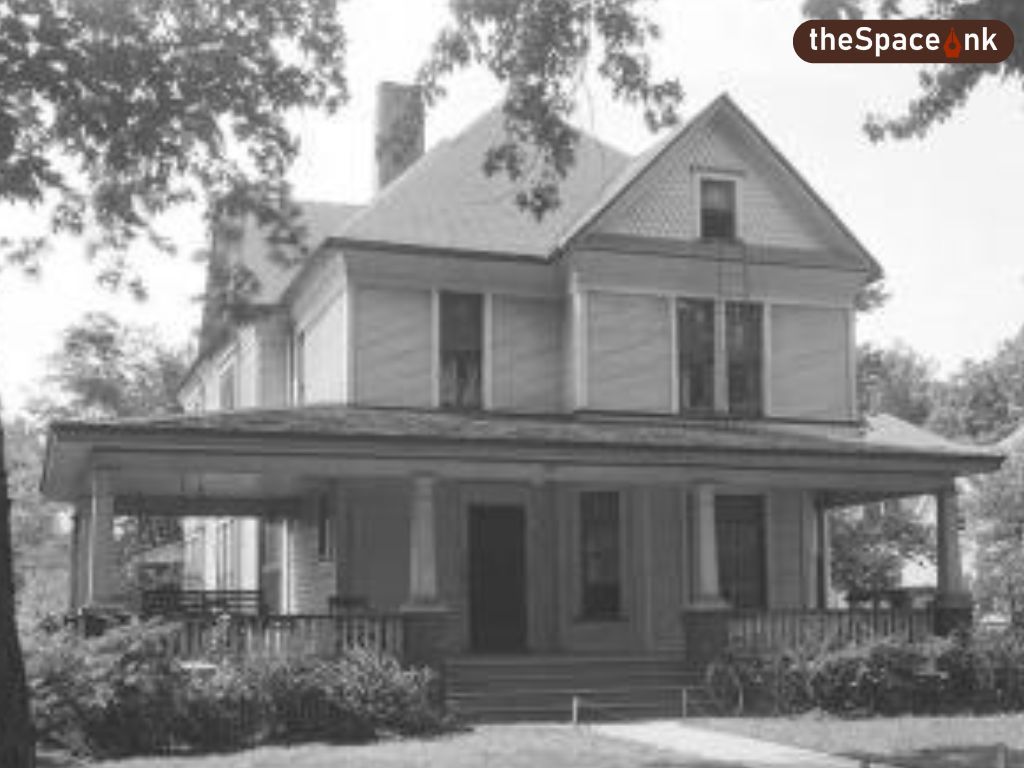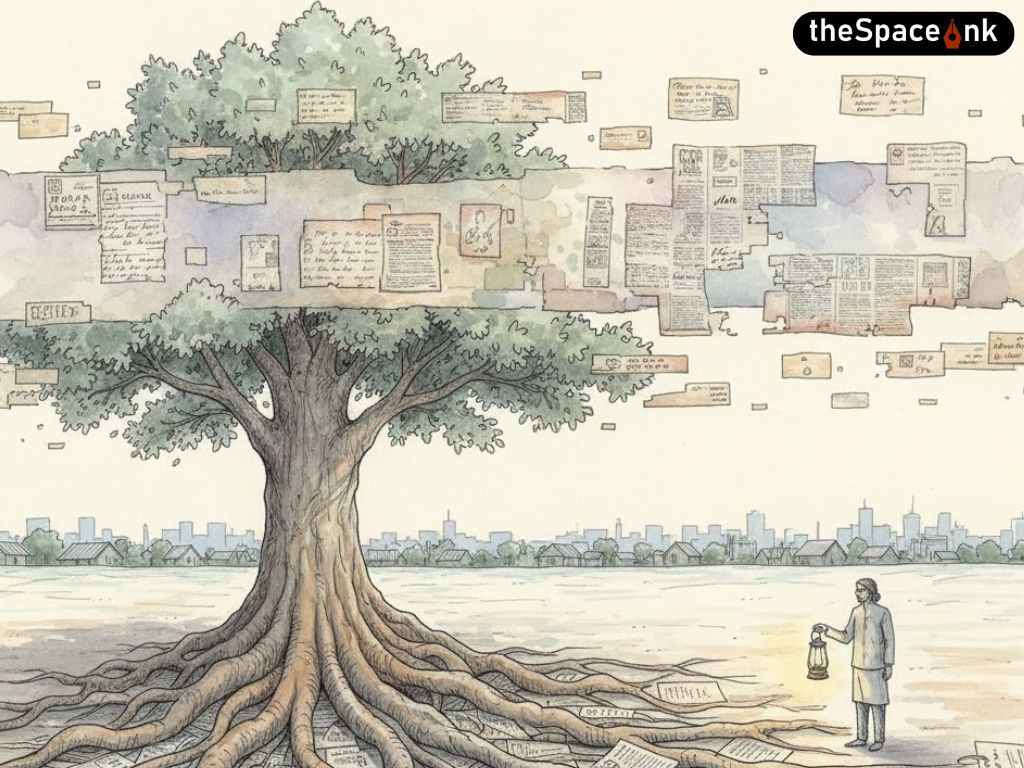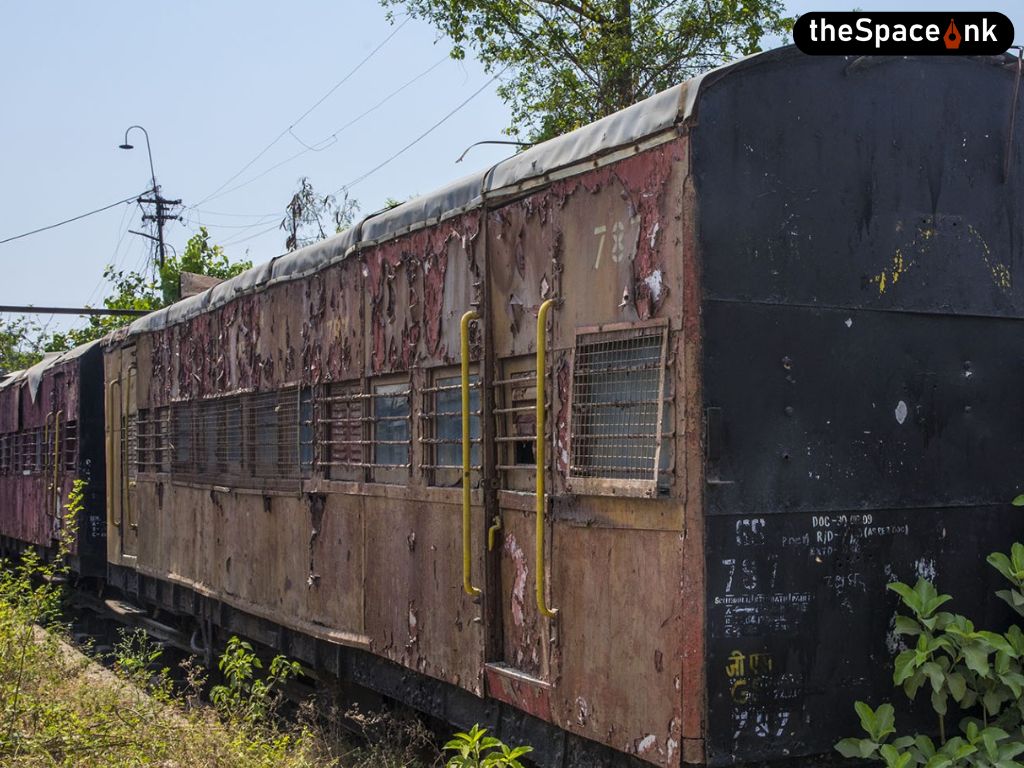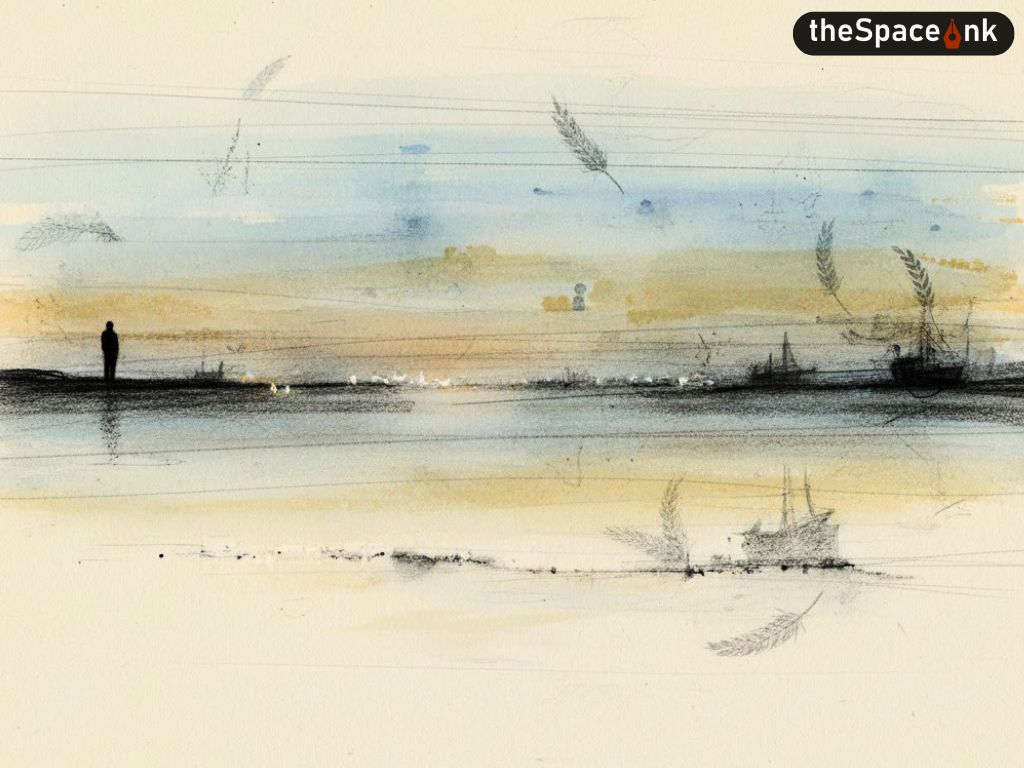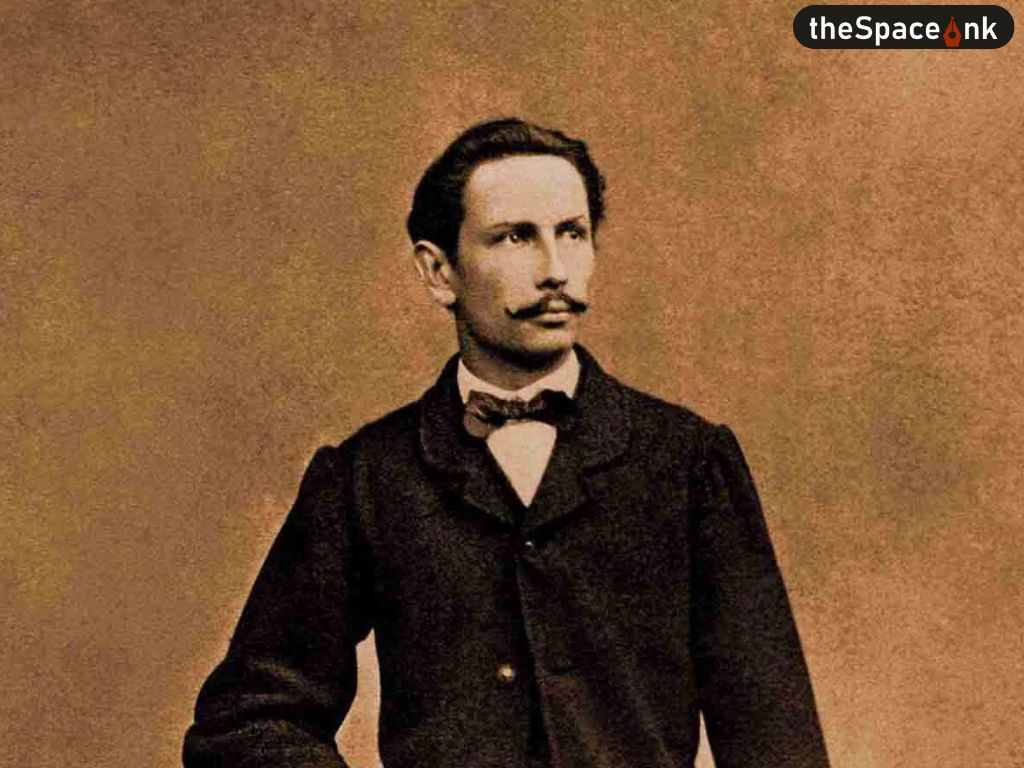(Cosmopolitan Club)
In 1906, there were only a handful of foreign students in the United States, mostly from China, Russia, the Philippines, and Mexico. Many of them did not feel very comfortable—their fellow American students being either too indifferent or too inquisitive. There were less than 100 students from India in the whole of the United States. All the Indian students were called “Hindus,” irrespective of their religion, to differentiate them from Native American Indians.
Let me here mention the role of YMCA. Large numbers of foreign students came from Asia, particularly from China due in no small degree to the missionaries who attended the University of Illinois and belonged to the University YMCA. The very first student from India to the United States, Joguth Chunder Gangooly was sent by the Unitarian Missionary, Reverend Charles Dall from Calcutta. Gangooly arrived Boston on May 24, 1858, almost 150 years back. After a few years of study, Gangooly was ordained as a minister of the New England Unitarian Church.
Also Read: Cosmopolitan Club, Tagore, and UIUC: A Brief History of 100 years (Part: 1)
When Rathi and Santosh arrived in the University of Illinois Campus in April of 1906, there was already another student, possibly the very first student from India to study here. He was Sudhindranath Bose who arrived Urbana-Champaign on May 2, 1904.
Rathi, with the help of Santosh and Sudhin, got a few more foreign students together and started this Cosmopolitan Club. Assistance came from many quarters, especially from Professor Arthur Seymour. He was a professor of Romance Languages and an advisor to foreign students. There was also a lot of help from his wife, Mrs. Mayce Seymour. Sudhindranath Bose was the first Secretary, Rathi Tagore, the President, and Professor Seymour, the Chairman of the Board of Directors.

All the publications I have seen on the Cosmopolitan Club at the University of Illinois mention 1907 as the founding year. Let me humbly say that is not right. I have a precise date: October 28, 1906. That was the day the club was organized. My main reference for this is a 1908 article published in the Bengali magazine Prabasi(meaning foreigner), written by Nagendranath Gangooly, another Indian student who joined the University of Illinois in 1907 and who was also a son-in-law of Rabindranath Tagore. Nagendranath also took an active part in the Club and was elected its Assistant Treasurer in 1908.
“Rabindranath gave a different dimension to nationality by arguing for universal humanity. In a poem in Gitanjali, Tagore expresses, in a beautiful way, his generous tribute to the West and the contributions the East can make…”
The first Cosmopolitan Club on an American University campus was formed in Madison, Wisconsin, March 1903. Then came Cornell in November 1904. The next one was established in Michigan, January 1906. After that came Illinois, October 1906, then Purdue, September 1907, and so on. The year 1907 is often believed to be the originating year because in that year, the Association of the Cosmopolitan Clubs was founded and the Illinois Chapter joined the association. If indeed 1906 is the founding year, which calls for a centennial celebration this year!
One may wonder why Rathi and Santosh undertook the task of establishing the Cosmopolitan Club. There were already quite a few fraternities on campus. A fraternity brings together men with similar ideals, tastes, and social background. The Cosmopolitan Club brings together people of different nationalities, political ideas, and religions. Rathi and Santosh were among the first batch of students from the experimental school that Rabindranath Tagore established in 1901 at Santiniketan, India. Rabindranath gave a different dimension to nationality by arguing for universal humanity. In a poem in Gitanjali, Tagore expresses, in a beautiful way, his generous tribute to the West and the contributions the East can make:
The West has today opened its door
There are treasures for us to take
We will take, and we will also give.
I am sure that, imbued with his father’s ideas of national unity, world embracing universality, and international brotherhood, Rathi set out to organize the Cosmopolitan Club with the help of other foreign students and Professor and Mrs. Seymour. When foreign students come here, they are not here merely to get degrees; they come with different languages, cultures, customs, and views.
Also Read: Looking Back at Tagore’s ‘Question’
As Rabindranath Tagore said, they are here to receive and as well as to give. The Cosmopolitan Annual (1909) had an article, “American and the Foreigner”—it ended with: “It is incredible to think that Americans see men with such diversities of life, creed and customs in their midst without taking advantage of the opportunity to learn something about them, to form a firsthand opinion, and to broaden their minds and views.” In fact, the situation changed very rapidly. So many domestic students wanted to join the Cosmopolitan Clubs that at many places their quotas were limited to 20% of total membership.
A few other important things happened here in 1906. That same year, a small group of University of Illinois faculty members were engaged in organizing the Unitarian Church on campus. Foremost among them were Professor and Mrs. Stephen Forbes. In fact, Mrs. Seymour met Rathi and Santosh at an informal Unitarian reception that Mrs. Forbes organized.

In September 1906 the American Unitarian Association sent a young and gifted graduate of the Harvard Divinity School, the Reverend Albert R. Vail, to become the first minister of the newly formed Unitarian Church of Urbana. Reverend Vail personally invited Rathi and Santosh and a few other foreign students to his religious sessions, which included reading from the Koran, the Buddhist Sutras, and Hindu texts. Rathi also acted as a student-pastor at the Unitarian Church.
“The very first week Rabindranath was in Urbana in November 1912, Reverend Vail invited him to speak at his church on Upanishads.”
Through Rathi and Santosh, Revered Vail, Professor and Mrs. Seymour, and some others in Urbana-Champaign came to know about the great literary works of Rabindranath Tagore. A small group of people from the newly established Cosmopolitan Club and Unitarian Church started meeting every week at the home of Mrs. Mary Kelley to discuss religious matters and Rabindranath Tagore’s work.
Thus an informal club, called the Tagore Circle was born. This was long before Rabindranath Tagore himself arrived here on November 1, 1912. To introduce the poet, then quite unknown in the United States, Leslie Carrol Barber, a student at the University of Illinois wrote an article, “Rabindra Nath Tagore” in the December 1912 issue of The Cosmopolitan Student, a publication of the Cosmopolitan Club. And Mayce Seymour published a translation of poet’s three poems along with a photo and a short biography of him in the Illinois Magazine (December 1912), then a monthly publication by undergraduates of the University of Illinois.
I think, this is the first publication of Tagore’s poems in any western media, and in which our town and the University can justifiably take pride. During his stay in Urbana, Rabindranath gladly read many of his Gitanjali poems at the Tagore Circle meetings. The audience deeply appreciated the beauty of his poetry and nobility of his character.
Also Read: Letter from America
The very first week Rabindranath was in Urbana in November 1912, Reverend Vail invited him to speak at his church on Upanishads. At first Rabindranath declined the invitation since he came to this quiet town mainly to take rest after hectic days in London. However, when he found out that a student from India who knew very little about Upanishad was ready to volunteer, to fulfill his sacred duty to the ancient sages of India, Rabindranath agreed to give the talk.
On Sunday, November 10, he gave his first public address in the United States at the Unitarian Church of Urbana, at the corner of Oregon and Mathews. The talk was very well received, and at public demand he also spoke at the church on November 17 and 24. The church community befriended the poet throughout his stay in the University Community. Today, many of you know this Chapel as the Channing-Murray Foundation where we celebrate the Tagore Festival each October.
Let us all hope, that a hundred years from now, the Club will still be embodying its evergreen motto: “Above all Nations is Humanity.”
On March 19, 1913, the day before Rabindranath left Urbana, the Cosmopolitan Club organized a farewell party where he read an essay. Reverend Albert Vial missed that and on April 1, 1913 in a letter to the poet he “complained” that “It has been one of my great regrets that no one informed me of your reading at the Cosmopolitan Club just before you left, for I was eagerly hoping I might hear that paper. But they say the meeting was arranged on very short notice.”

This says a lot about how much Rabindranath became popular in the Urbana-Champaign community. During his several trips to the United States, the poet traveled widely. But, as Harold Hurwitz (1961) stated, “of all the American cities that Tagore visited during his trips to the United States, in none did he stay longer or make more friends than he did in Urbana, Illinois.”
1906 is indeed a very auspicious year—with the establishment of the Cosmopolitan Club (and, related, the beginning of the Unitarian Church and the formation of the Tagore Circle). These institutions, along with YMCA and YWCA, have welcomed the foreign students at this University, and enriched the culture of Champaign-Urbana.
Also Read: The Day I Recited a Bengali Poem Before a Turkish Audience
Few of the Cosmopolitan Clubs survived the 20th century. Other than this one, I know of only two: one at the University of Colorado at Boulder, founded in 1924; and the other at the University of Delaware, started only about 35 years ago. Some have changed names, for example, the Cosmopolitan Club at the Southern Oregon University is now called the International Student Association.
We are so lucky that the Cosmopolitan Club here at the University of Illinois not only survived but also flourished over the century. Over the years the club has made an immense contribution to the spiritual and intellectual culture in Urbana- Champaign, with its already existing superb “agriculture.” Let us all hope, that a hundred years from now, the Club will still be embodying its evergreen motto: “Above all Nations is Humanity.”
References
Cosmopolitan Annual (1909), Published for the Association of Cosmopolitan Clubs by the Wisconsin International Club, Madison.
Rathindranath Tagore (1958), On the Edges of Time, Orient Longmans, Calcutta.
Mayce Seymour (1959), “The Golden Time”, Visva-Bharati Quarterly.
Harold Hurwitz (1961), “Rabindranath Tagore in Urbana”, Indian Literature.
Harold Hannah (1973), One Hundred Years of Action: The University of Illinois YMCA 1873-1973.
Ingrid Kallick (1992), “Tagore and the Urbana Unitarians 1906-1921”, in Rabindranath Tagore for the 21 st Century, Tagore Center, Urbana.
Prasantakumar Pal (1993), Rabijeebani, Volume 6, Ananda Publishers, Calcutta.
Photo Courtesy: Author
Anil K Bera is an internationally renowned econometrician. He is Professor of Economics at the University of Illinois at Urbana–Champaign's Department of Economics. He is most noted for his work with Carlos Jarque on the Jarque–Bera test. Anil Bera was born in remote village in West Midnapore and attended college at the Indian Statistical Institute, Kolkata and received his Ph.D. in Econometrics from the Australian National University. His sense of humour and wit makes him a cynosure of all parties.


